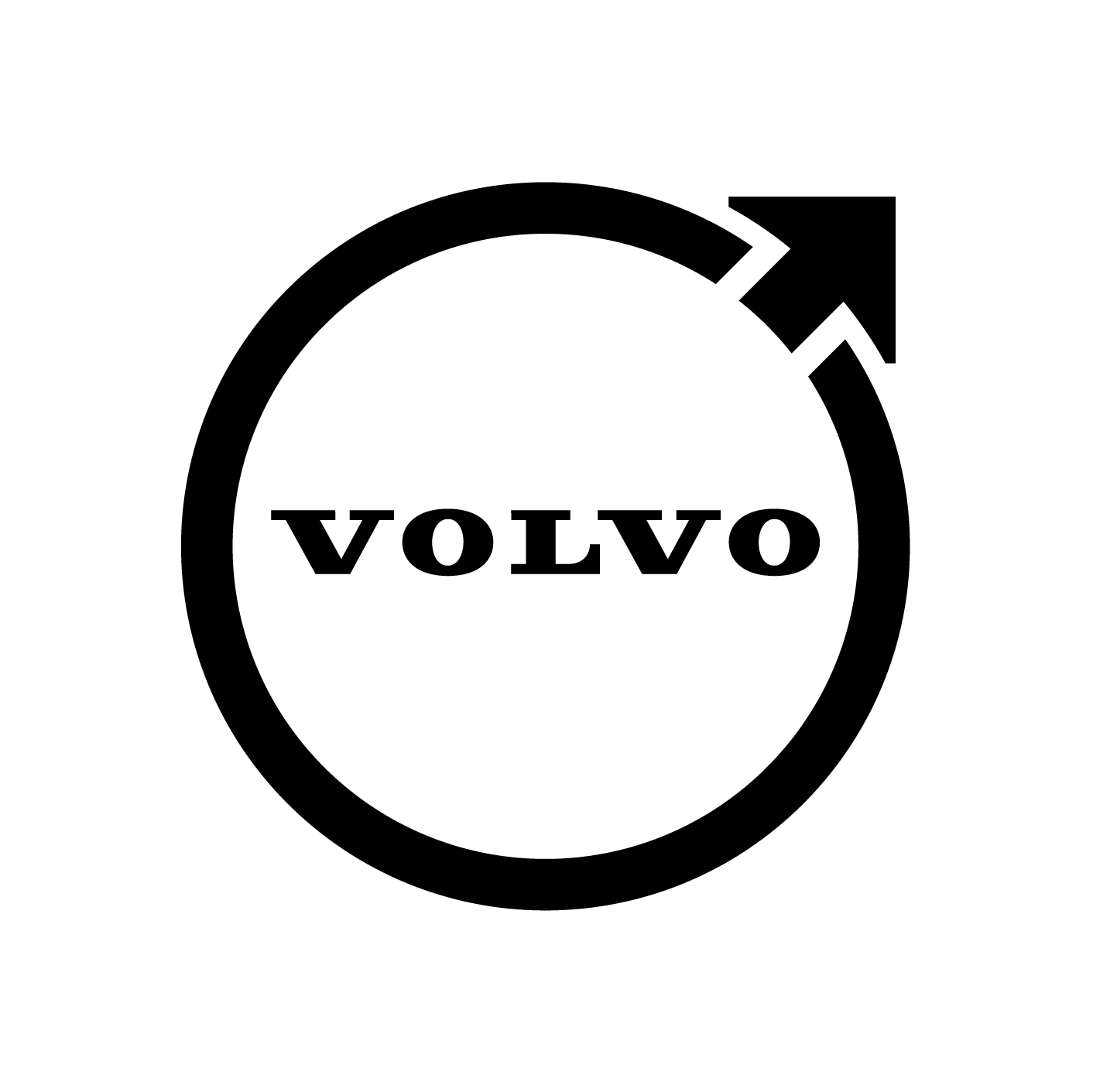Ignition Lock Repair: A Comprehensive Guide
When a lorry fails to start, it can be a source of frustration for car owners. While lots of may instantly assume it's a concern with the battery or starter, often the issue lies within the ignition lock system. Understanding ignition locks and how to repair them can save money and time, allowing automobile owners to make informed decisions when dealing with ignition concerns.
What is an Ignition Lock?
An ignition lock is an important component of a vehicle's ignition system. It is the system that permits the motorist to start the car after placing the key. The ignition lock serves several functions:
- Security: Prevents unauthorized starting of the vehicle.
- Control: Allows the driver to control the ignition system.
- Key Recognition: Activates the ignition only with the proper key.
Depending upon the lorry's make and design, ignition locks can vary considerably in style and functionality. They might be traditional key-based systems or modern electronic ignition systems.
Indications of Ignition Lock Issues
Comprehending the indications of ignition lock issues is vital for timely repairs. Here are some common signs:
- Key Won't Turn: Difficulty turning the key in the ignition can indicate an issue with the lock cylinder.
- Key Is Stuck: If the key gets stuck in the ignition or the lock will not release the key, it might signify internal damage.
- No Start After Turn: If the engine does not begin after turning the key, the ignition lock or associated parts might be stopping working.
- Guiding Wheel Locking: A steering wheel that locks suddenly might suggest issues with the ignition lock mechanism.
Steps to Diagnose Ignition Lock Issues
Identifying ignition lock problems can appear daunting. Nevertheless, following an organized technique can assist separate the concern:
- Check the Battery: Ensure the battery is in excellent condition. A dead or weak battery can mimic ignition lock concerns.
- Inspect the Key: Examine the key for signs of wear or damage that may prevent it from engaging the lock.
- Test the Ignition Lock: Gently wiggle the key while turning it to see if there is any modification in resistance.
- Analyze the Steering Column: Check for any obstructions or damage in the guiding column that could affect the ignition lock.
It's a good idea to seek advice from an expert mechanic if these steps do not fix the issue.
Ignition Lock Repair: DIY vs. Professional Help
Fixing an ignition lock can be a DIY job depending on the vehicle's complexity and the owner's mechanical abilities. Nevertheless, here are some factors to think about before proceeding with a repair:
When to Consider DIY Repair
- Basic Mechanical Skills: Individuals with experience in vehicle repair may successfully carry out simple repairs.
- Availability of Tools: Access to tools like screwdrivers, wrenches, and perhaps a soldering iron might make DIY repairs practical.
- Cost: DIY repairs can save money on labor costs but might require buying replacement parts.
When to Seek Professional Help
- Complex Systems: Modern lorries frequently have actually incorporated electronic systems that need specialized knowledge and diagnostic equipment.
- Time Constraints: Professionals can finish repairs more quickly, ensuring the car is back on the road without comprehensive downtime.
- Guarantee of Work: Professionals generally ensure their repairs, offering peace of mind.
A Step-by-Step Guide to Repairing an Ignition Lock
For those considering a DIY technique, here is a streamlined guide to fixing an ignition lock:
Tools Required
- Flathead screwdriver
- Phillips screwdriver
- Pliers
- Replacement ignition lock cylinder (if necessary)
- Lubricant (such as graphite or WD-40)
Repair Steps
- Disconnect the Battery: Safety initially! Always disconnect the car's battery before starting any repair work.
- Get Rid Of the Steering Column Cover: Use the proper screwdriver to get rid of screws and separate the cover carefully.
- Access the Ignition Lock Cylinder: Locate the ignition lock assembly and use a paper clip or pin to launch it from its real estate.
- Examine and Clean: Examine the ignition lock cylinder for wear or debris. Clean with lubricant and a soft cloth.
- Replace the Cylinder if Necessary: If the cylinder is damaged, eliminate it and replace it with a brand-new one.
- Reassemble: Carefully reassemble the guiding column cover and reconnect the battery.
Table: Comparison of Ignition Lock Repair Methods
| Aspect | DIY Repair | Professional Repair |
|---|---|---|
| Cost | Lower (parts just) | Higher (labor & & parts) |
| Time | Longer (depends on ability) | Faster (experience and tools) |
| Skill Level | Needs standard skills | Proficiency required |
| Guarantee | None | Often includes a service guarantee |
| Tools | Fundamental tools | Specialized equipment |
Frequently Asked Questions About Ignition Lock Repair
1. Just how much does it cost to repair an ignition lock? Fix Car Ignition varies depending on the lorry make, diagnosis, and whether you pick a DIY approach or professional assistance. DIY repairs can cost just ₤ 20-- ₤ 100 for parts, while professional repairs can vary from ₤ 100 to ₤ 300 or more. 2. Can I drive my car if the ignition lock is not working?It's not
advisable to drive a lorry with ignition lock problems. Doing so
could cause more damage or compromise your safety. 3. Is it possible to replace just the ignition lock cylinder?Yes, in most cases,
you can replace just the ignition lock cylinder without needing to replace the whole ignition system. 4. How can I avoid future ignition lock problems?Regular upkeep, using the appropriate key, and oiling the
ignition lock regularly can assist avoid problems. In conclusion, understanding ignition lock repair can empower vehicle owners to address this typical issue effectively. Whether choosing a DIY method or looking for expert support, taking prompt action can spare motorists from unnecessary inconvenience and costs.

